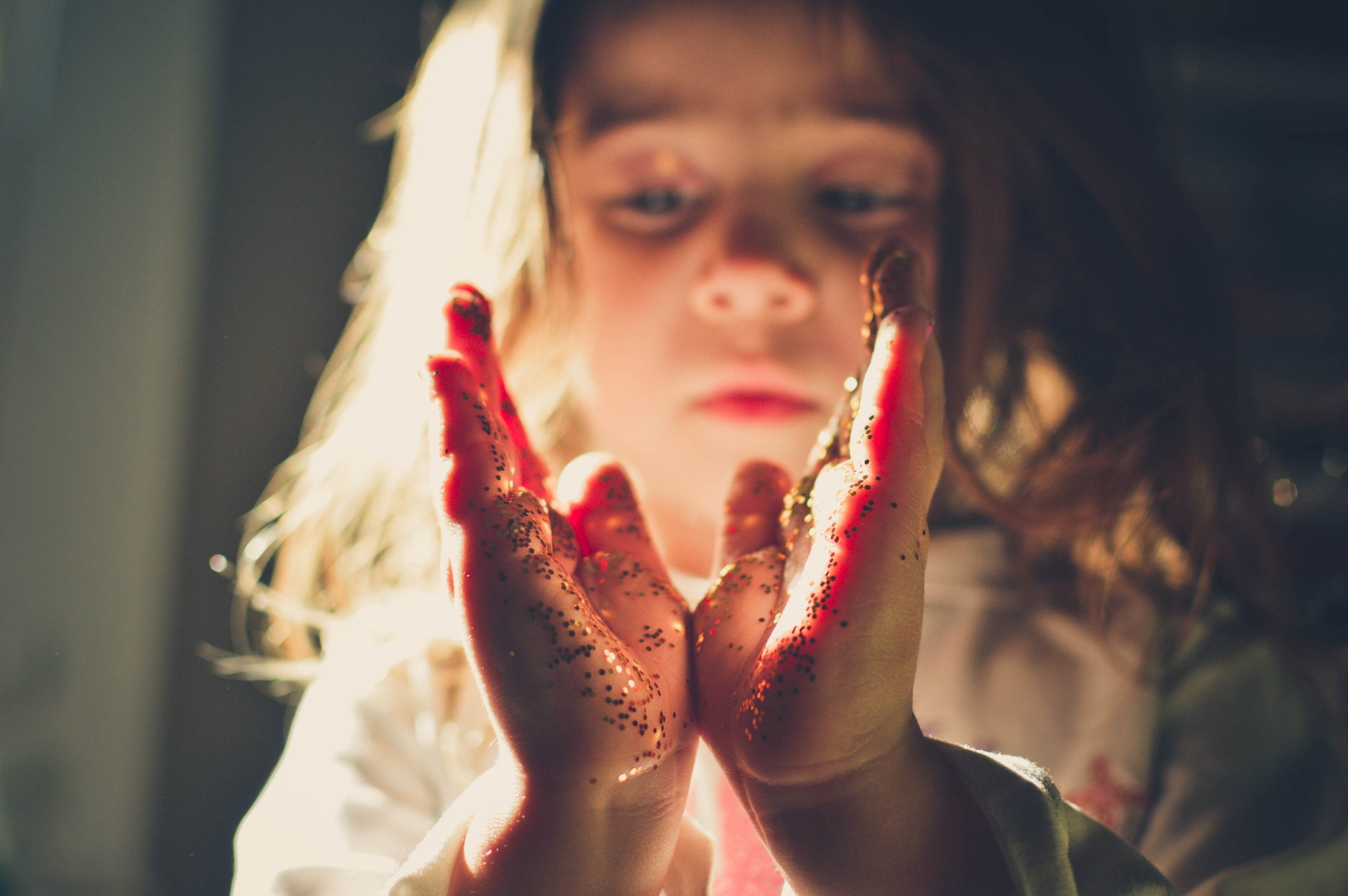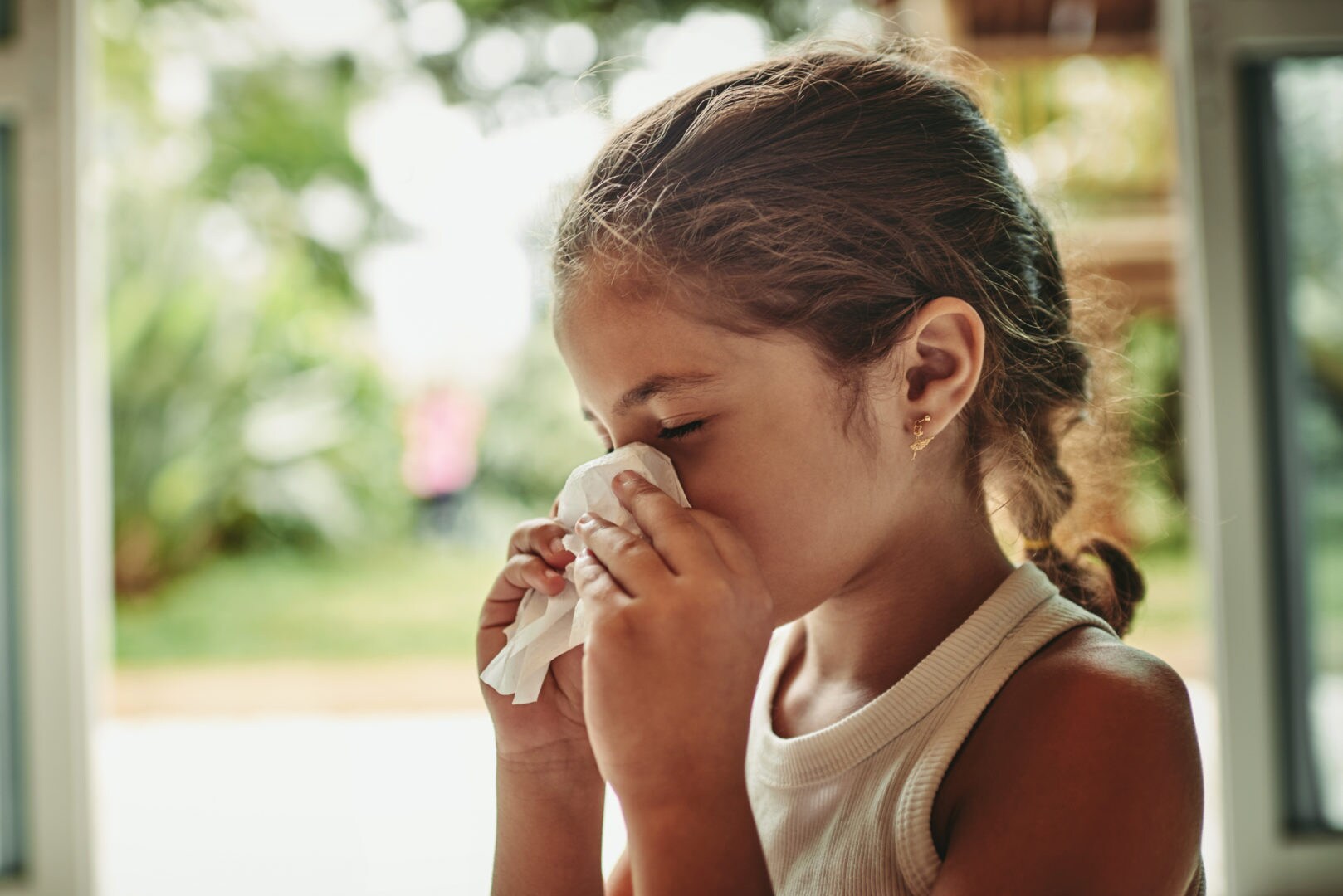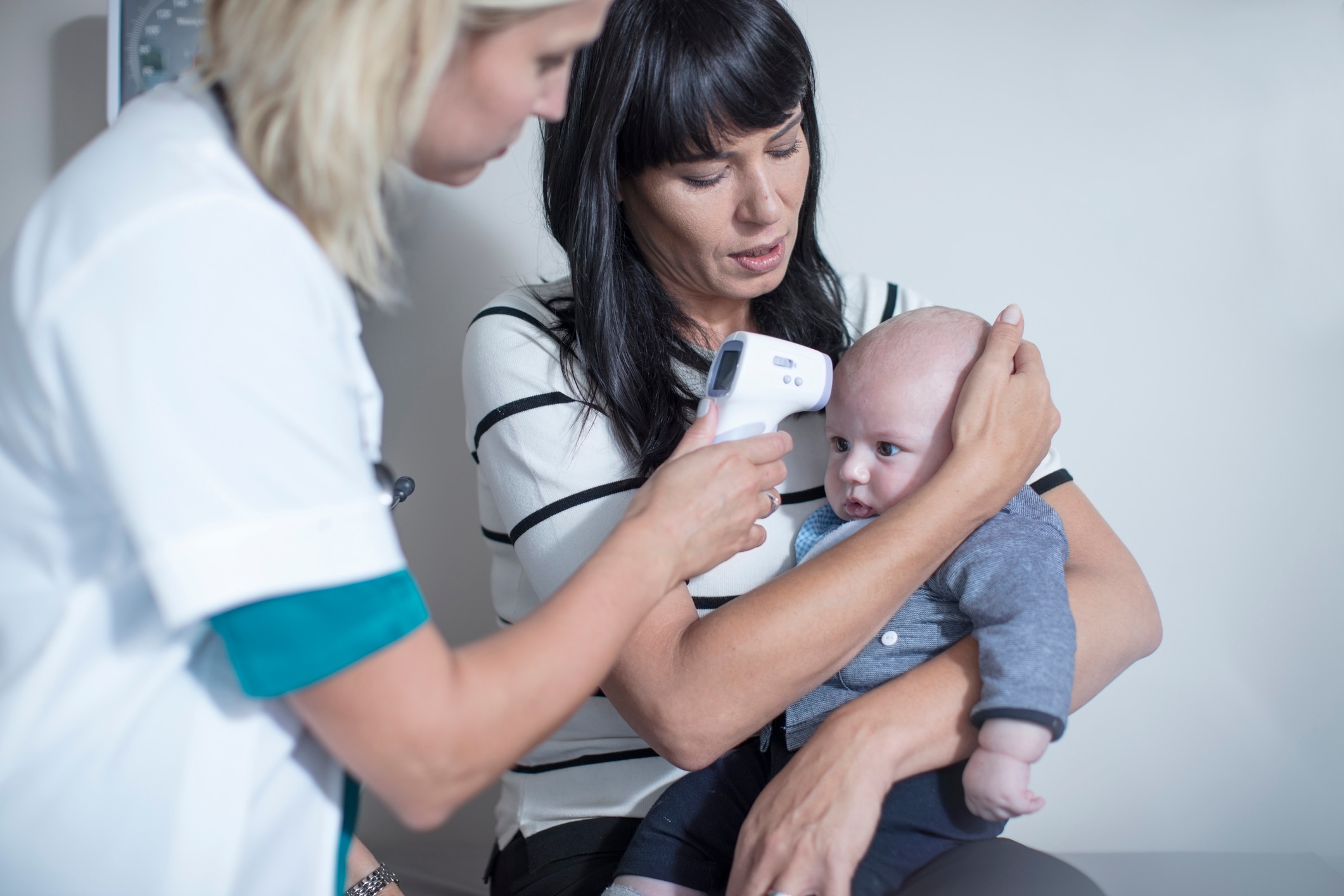“But my hands are clean,” many 4-year-olds will insist after they sneeze right into them. “Look at them — I don’t see any germs on them.”
How do you explain the concept of germs for kids to understand? Should you just focus on the actions behind hygiene — washing your hands, catching your sneeze with your elbow and not sharing utensils or food — without dwelling on the explanations? Not necessarily. FOr little kids, you may need games to teach about germs.
Know the nuts and bolts of germ education
According to health experts, giving kids explanations or even educational activities behind these basic hygiene practices can go a long way toward helping them become more germ-conscious.
Even young children can understand the basic concept of germs, according to Dr. Dina Kulik, a pediatric emergency medicine physician. She describes germs as tiny “bugs” that live on all things and explains to kids that sometimes these bugs can make you sick. When you’re sick, you miss out on having fun, going to school and going to friends’ homes. You can explain to older kids that these germs are called bacteria, she advises, and they’re so small they can only be seen with a microscope. While they’re not actually insects, they are living organisms that can grow and multiply quickly.
Dr. Danelle Fisher, a pediatrician at Providence Saint John’s Health Center, agrees on the importance of teaching even very young children about germs. In her opinion, it’s important to explain to kids, as they get older, that some germs are good — for example, probiotics — and that others are bad, such as cold viruses. When they get even older, you can explain the difference between viruses and bacteria to them, so they understand why antibiotics can help with some illnesses but not others.
Give specific examples
Point out several examples of ways that children can avoid becoming sick from germs, such as coughing into their elbow or washing their hands after blowing their nose, using the bathroom and before eating. And there’s one important step of teaching about germs for kids that many parents miss: having the child repeat back to you what you said so that you know that they understand it. Fisher believes that this step can help you clear up any misunderstandings before they take root.
Enlist experts
Having a hard time figuring out how to explain such an abstract concept to your child or a child in your care? Consider using outside sources. “As pediatricians, we’re always happy to help parents explain complex ideas to their children,” says Fisher. If parents aren’t sure what to say, they can ask their pediatrician for advice or even ask their pediatrician to broach the topic with the child.
Play games and germ activities for kids
Try one of these fun, interactive activities to when teaching kids about germs.
1. Glitter Germs

For this germ activity, sprinkle a little glitter on the child’s hands. Then have them wash with just water. Repeat the experiment, washing with soap and water the second time. Ask the child to observe which method removes more glitter. You can also put glitter on your hand and touch your child’s shoulder, hands and hair. Show them how the glitter (like germs) can spread by touch.
2. Everything You Touch
This activity, from Kitchen Science Lab, has children make and color their own germs and then tape them to anything they touch to see how widely germs spread by touch.
3. Connect the Dots
These lesson plans and activities from the Centers for Disease Control and Prevention (CDC) — including a connect the dots worksheet — are great for teaching kids about germs.
4. “Happy Hand-Washing” song
Teach kids this simple germ song from the CDC. Sing it twice through to reach the recommended time for hand-washing.
5. Scrub Club
Go online and check out the songs and germ activities from NSF International.
6. Germs! video
Let kids learn about germs along with Sid the Science Kid and his parents in this short, animated video.
7. “Wash Your Hands!” song
Wash hands along with Little John in this sing-a-long video from Little Angel.
Watch out for hygiene overkill
While it’s important to teach kids about basic hygiene, some kids are prone to going overboard. In general, parents should have a relaxed, matter-of-fact attitude towards germs and cleanliness. While washing your hands after using the bathroom should be sacrosanct, keeping your hands completely clean at all times is not only unreasonable, it also may be unhealthy.
“The reason we’re seeing more food allergies in children, according to one theory, is that we’re doing too good for a job with hygiene,” says Fisher. So if a child drops a raisin on the floor and wants to eat it, it probably isn’t worth the battle. Just think of it as building up his immune system.
Kulik believes that the way you introduce germs for kids can affect whether they become overzealous about hygiene. “I try not to instill fear, as this can lead to over-washing,” she says. “If kids think of them as cute little things, like a cartoon, they can understand we need to stay clear of them but not be fearful.”
In addition, if a child seems to be obsessing a bit over hygiene, make sure you’re modeling normal germ control and not going overboard yourself.
*Article originally written by Keren Perles





